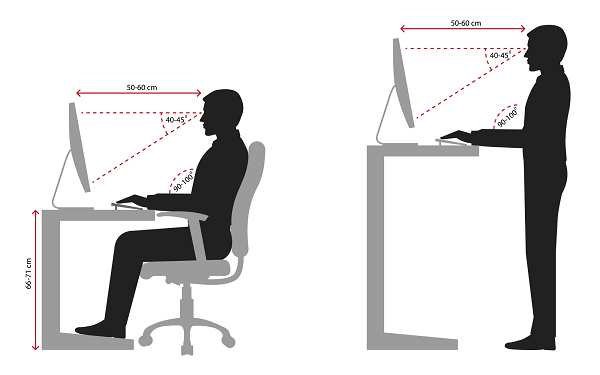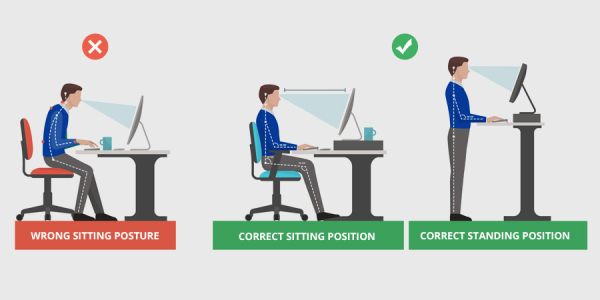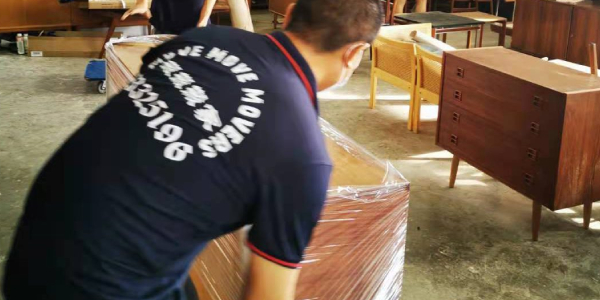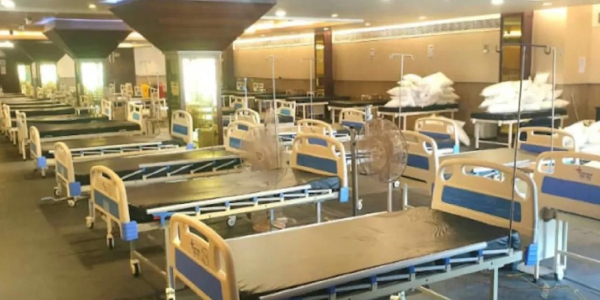Work Environment And Job Satisfaction
Influence Of Ergonomics In Work
A survey conducted by major USA IT job portals indicates a strong influence on ergonomics and work. A comfortable work area correlates with productive work. This also coincides with reconfiguring office space in newer ways to satisfy employees. Organisations now have adaptable work environments as one of the plan to meet the desires of employees to make them feel comfortable and happy at work. Techfetch job postings from organisations make a point about the work environment and conditions in office premises to lure potential candidates.
Equipping employees with the required facilities have improved job satisfaction and job retention. People tend to spend more time at work and their desks. It is possible to develop health issues like musculoskeletal discomfort that can have a lifelong effect. A practical design and layout in the office will ensure employee well-being, productivity, and satisfaction. Workstations and equipment used in the office need to follow ergonomics principles to increase production and performance. Organisations are now employing ergonomic measures to set up a healthy work environment.
Job Satisfaction And Ergonomics
Check Out – Ergonomics is the discipline that studies the level of human interaction with other elements to make the interaction as comfortable and painless as possible. It applies principles, methods, and theory to design pieces for humans’ well-being. Ergonomics employs principles in design considering human aspects. Work ergonomics is a specific branch that deals with the work environment. It studies the perceptual and physical characteristics of design in a work environment that includes seating, desks, displays, workstation, and other work-related arrangements. It also controls environmental factors like heat, noise, illumination, and vibration, affecting human performance.

Many studies done by job portals like Techfetch jobs indicate that work ergonomics is one of the critical factors that equip the workplace with healthy and comfortable work and employee relationships. Sound work ergonomics principles will lead to job satisfaction. Work ergonomics install about fitting the workspace for the worker. It uses multidisciplinary techniques and approaches to improve the work environment for the employee’s welfare. Companies aim at improving the efficiency of employees. One factor most of them miss out on is the interaction between parts of the workplace and employees. Employees use the system in place in the workspace to work. The set up in the workspace should fit adequately and support the employee to perform a task.
Ergonomics also considers aesthetics. Work postures, noise levels, air quality room temperature are some of the factors that come under ergonomics. It also finds colour schemes, lighting, flexibility, among others. Organisations measure performance based on the output of the employee. This largely depends on the technology, tools, skill sets, and workplace environment. Suitable working environments and systems also affect the performance of the job. It will help reinforce good performance consistently. Work ergonomics also plays an essential role in reducing health risks in employees. Adverse employee health will lower performance. Designing workspace as per ergonomics standards will reduce such health risks.
Workspace Control And Effectiveness

Experts at Techfetch jobs agreed that there is a relationship between workspace and comfort and performance. Employees will have greater control over the workspace. They will be able to control the interior workstation, related to the stress they experience in the workplace. You can make the workstation more effective that will work for you. When employees can control the workspace environment, they will experience less stress. Every aspect in the workspace is essential, and this includes chairs, desks, lighting, storage, display, shelves, mouse trays, monitor arms, and keyboards.
A workstation should also be tailored to job needs. This will improve work satisfaction and effectiveness. The amount of space, the arrangement of equipment, storage space, and capacity will influence people’s work. It is not just in redesigning, but companies must also revisit the design by seeking feedback from employees. Employees come in different shapes and sizes, and their needs differ. A survey will help organisations to get an idea before another redesign initiative. It will help companies give specific instructions to furniture manufacturers.






